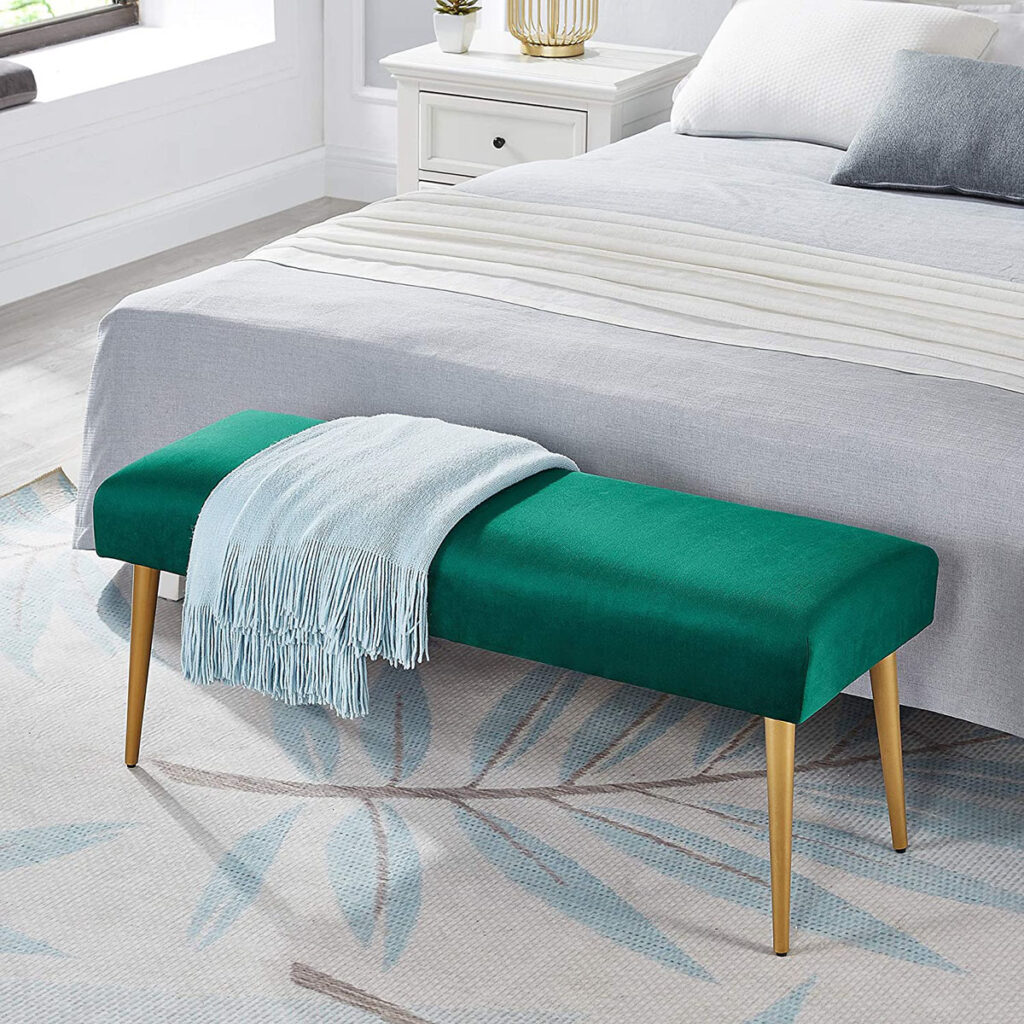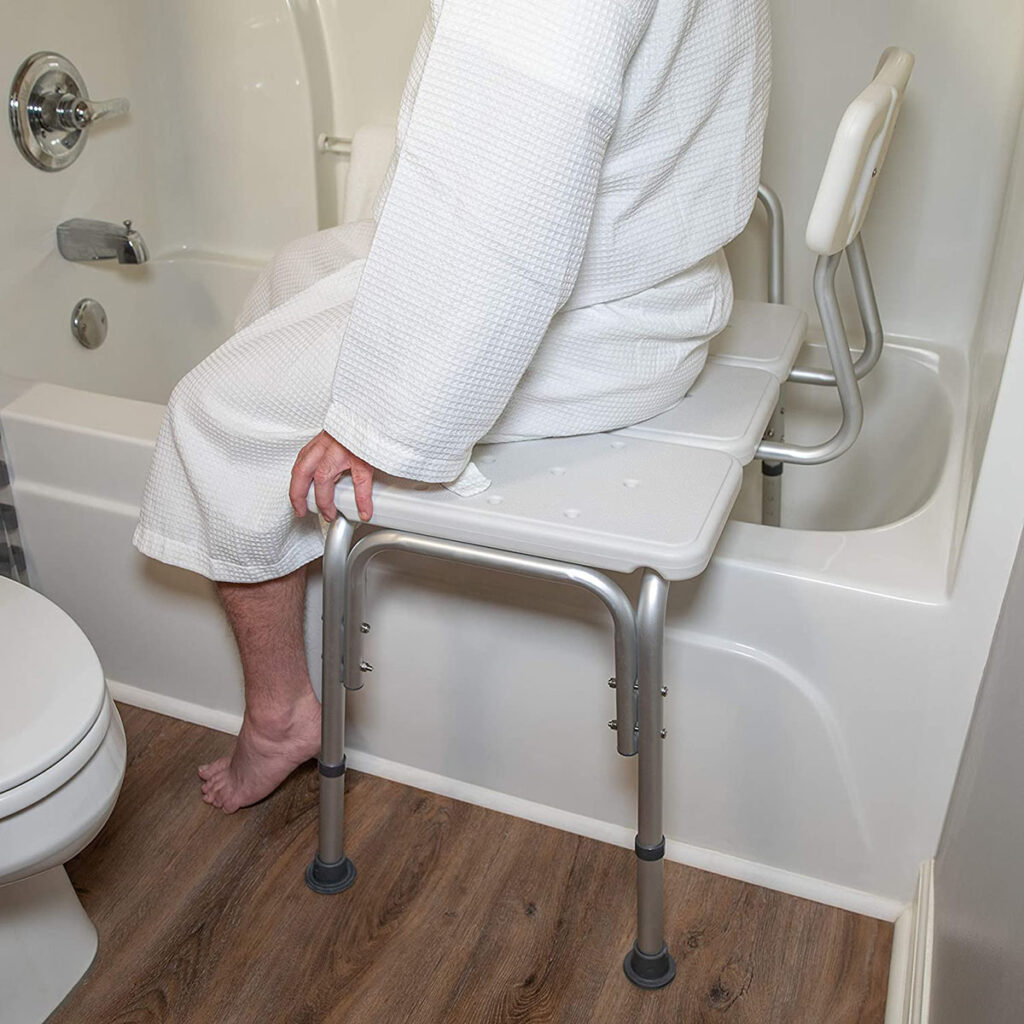
There is a huge variety of meditation benches because different bodies require different levels of support and comfort. As a general rule, here is how to use a meditation bench:
Choose a tranquil place if you decide to practice meditation on a shoggi bench. Concentration is important.
You can put a zafuton or meditation mat in the place where you usually sit (the “light or travel zafuton” model is more suitable). Place the bench on it so that your knees and ankles rest on the zafuton or carpet.
Mediations benches are generally constructed to support the body in a kneeling position. It is also known as “seiza” position which is a traditional Japanese term. If there is not enough support or flexibility, this seiza position would be quite hard on your knees, joints, and ankles. Thus the seat is angled slightly forward, with your knees touching the floor and your ankles tucked beneath the seat.
If possible, be careful and place your joints (ankle, knees, and pelvis) on the same axis without spreading your knees too far. The meditation bench should be placed so that your pelvis and sacrum rest completely on the bench. When your legs and pelvis are well placed, stretch your spine well towards the sky. The lumbar and cervical vertebrae should also remain stretched vertically. When the spine is straight, all the energy of the person wakes up. With practice, the muscles of the back are strengthened and it becomes a habit to keep the back straight. This is an excellent prevention against back pain.
Now that you have good posture, all you need to do is relax your body and concentrate.
Changing the position
You can choose to sit on a chair, on a meditation bench, or on a pillow on the floor. But most Westerners are not habituated to sitting on hard ground. They don’t feel comfortable. For them, a chair can be a suitable option. Many experienced meditators take a chair or stool as the best option for their meditations. If you are unable to sit in the lotus posture or any other sitting position on the ground, it does not mean that you cannot meditate.
Have a chair, lots of pillows, a bench, and whatever else you want to try. When one position becomes tedious, calmly move on to another. Eventually, you will find the best for your body type. Remember that everyone’s body is different.
Adding Cushioning
Most of the time meditation benches are designed to give you the necessary comfort and help you to meditate without any kind of distraction. In some cases, however, you may also need to use a cushion. Cushions can be comfortable for your spine and tailbone. You can also use them beneath your legs, to cushion the knees and shins against the floor. However, cushioning should not be too thick or soft to reduce the stability and support of your posture.







